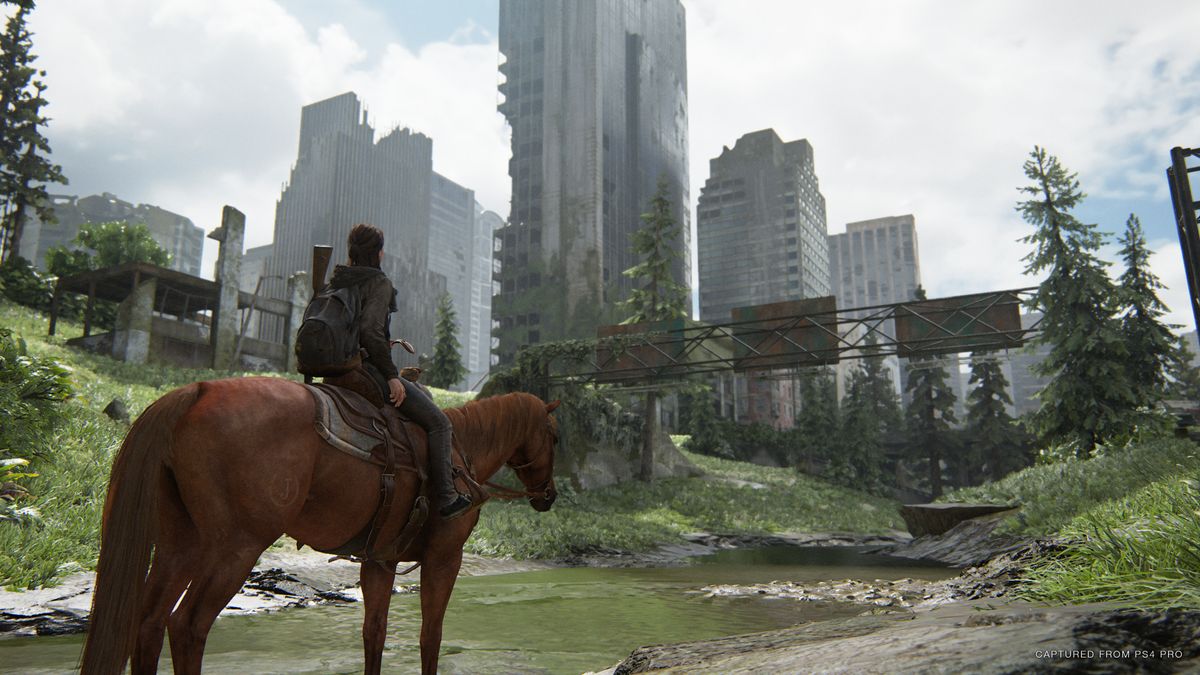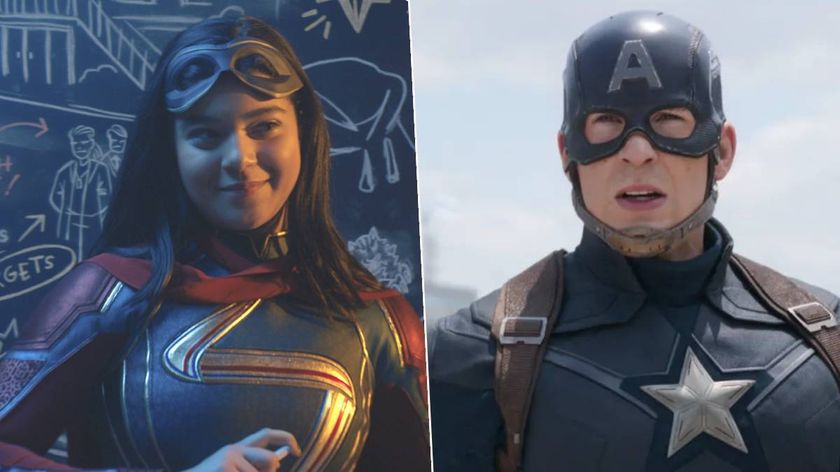12DOVE Verdict
Naughty Dog's PS4 swansong is an astonishing, absurdly ambitious epic that goes far and beyond what we could have imagined for a sequel to an all-time classic.
Pros
- +
Powerful, provocative storytelling
- +
Fiercely reactive combat drenched in tension
- +
Ingenious level design grounded in a breathtakingly realised universe
Cons
- -
A narrative so ambitious it occasionally loses focus
Why you can trust 12DOVE
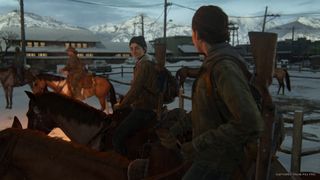
Release date: June 19, 2020
Platform(s): PS4
Developer: Naughty Dog
Publisher: Sony Interactive
The Last of Us 2 has consumed me. It's the last thing I've been thinking about as I've gone to bed, and the first thing that enters my head when I wake up. I've relived entire sequences in my mind, marvelling at their exquisite design, and wondering what I could have done differently. Its many, many unforgettable cutscenes are burned into my brain as though they were real memories, so evocative in their fierce, emotional resonance that they now hold a regular presence in most of my dreams, not to mention my nightmares.
I've spent hours just trying to process everything I've played, coming to terms with its densely packed story, and discovering new avenues of appreciation for its craft. What I'm trying to say is that The Last of Us Part 2 is exceptional, and quite possibly the best game I've played this generation.
As a heads up, this review is completely spoiler free, so I won't be discussing any plot details outside of what Naughty Dog has already shown so far.
New world order
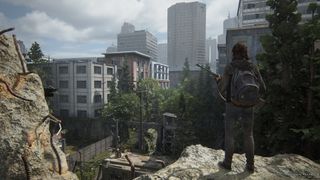
If 2013's The Last of Us was a road trip turned twisted coming of age story, The Last of Us Part 2 is its revenge western companion piece. Set five years after the events of her pan-American odyssey with Joel, an indescribably traumatic opening episode leaves Ellie hellbent on a crusade to hunt down those responsible for a seemingly unforgivable crime. This pursuit takes our teenage heroine away from the rural pastures of Jackson County and deep into the urban overgrowth of Seattle, a city that experienced a very different kind of societal breakdown to The Last of Us' Boston, and thus poses its own unique threats to Ellie's survival.
I won't divulge any more details beyond that, but suffice to say that what starts out as a fairly straightforward tale of retribution morphs into something far more complex, surprising, and sinister. As with the original game, Naughty Dog cunningly exploits the interactivity of its medium with masterful assuredness, forcing players to take a cold, hard look at every action they make as Ellie, with all the discomfort and distress that entails.
The resulting 25 hour campaign is as full of controller-dropping 'holy crap' moments as it is the quiet, contemplative scenes of immense poignancy that the studio is known for, many of which are enough to leave a lump in the throat, if not render you a bawling wreck on the couch. As a contemplation of the thin line between justice and vengeance, and an uncomfortable plunge into the darker shades of the human psyche, The Last of Us Part 2 is unforgiving in its depiction of violence, nihilism, and the nebulousness of morality in a world without laws.
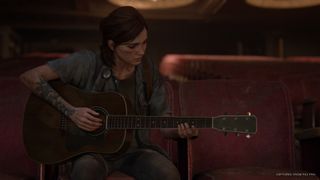
At the heart of it all, however, is Ellie, once again textured with incredible warmth and humanity by Ashley Johnson, in the kind of performance that we'll still be talking about years from now. The complexity of suffering is no easy thing to depict on screen, but Johnson's ownership of Ellie's character throughout it all is nothing short of awards worthy, aided seamlessly by Naughty Dog's cutting edge facial animation technology, which lets even the slightest change in body language speak a thousand words.
Ellie is surrounded by an equally compelling cast of characters, too, with new additions like Shannon Woodward's Dina, Stephen Chang's Jesse, and many others quickly proving themselves to be as well-rounded and multi-dimensional as the game's returning cast of familiar faces. Speaking of, Troy Baker steals some of Part 2's best scenes as Joel, showing us new sides to the character that enriches and complicates the relationship we developed with him over the course of the first game. If you thought The Last of Us' giraffe scene was a tear jerker, boy does this sequel have some treasures for you.
Sleepless in Seattle
The Last of Us Part 2's story is one of great scale and intricate nuance, then, and the same can be said for its world. Naughty Dog has stretched the parameters of its linear game design to create environments that always feel like part of something larger than you are, yet are still crammed to the gills with the kind of handmade detail typically only reserved for more compactly structured single-player experiences.
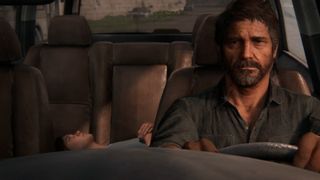
You can spend hours poring over the digital seams of every building, forest, and cavern, not just out of a desire to scavenge as much craftable scrap material as Ellie can carry, but to soak up the atmosphere and enjoy the bespoke minutiae of Naughty Dog's handiwork. Every place has a story, offering a window into both the world that Ellie never knew, and the one she's all too familiar with, all told authentically through deftly placed artefacts, heuristic clues, and cleverly devised organic moments that bring each space to life.
Naughty Dog's environmental design still gently guides you along the critical path even with all that added emphasis on exploration, though, and never in a way that feels forced, or draws you out of the illusion. The sense of pace and flow that underscores each level as a result is impeccable, each mission resembling a playable tapestry that builds and crescendos at a tempo that always feels unpredictable and compelling.
It helps that Ellie is now able to navigate terrain far more competently than Joel ever could, smashing windows, abseiling off walls, and jumping from precarious heights to enter previously unreachable areas, allowing Naughty Dog to challenge players with more diverse environmental puzzles that enrich combat and exploration. These new gameplay mechanics are hardly novel ideas to the video game discipline, but they're deployed in The Last of Us Part 2 with the same level of care and dexterity as every other, all working in tandem to conjure a distinct sense of place anchored in that patented Naughty Dog approach to authenticity.
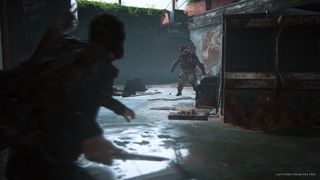
It should go without saying, of course, that The Last of Us Part 2 is the PlayStation studio's best looking title yet, and quite possibly the most visually impressive game we've seen on the PS4 to date. When sunlight flickers through the fern flanked forests rustling gently against the breeze, or the Seattle skyline burns red in the ambient hues of dusk, it's a thing of abject beauty, and you'll have no choice but to make use of Last of Us Part 2's helpful in-game photo mode.
Clicking into place
The Last of Us' guerilla style combat, too, has similarly been sophisticated to heighten the breakneck, jittery tension that permeates every skirmish. That's largely thanks to some of the most advanced enemy AI you'll ever have the (mis)fortune of brushing up against, who - like everything else in The Last of Us Part 2 - look and act disturbingly lifelike.
Adversaries call each other out by name, adopt revised strategies in reaction to your behaviour, and deploy new tools such as hunting dogs to sniff Ellie out from cover. Thankfully, Ellie can more easily float between stealth and open combat than Joel, able to use decade's worth of post-apocalyptic overgrowth as natural cover, or manoeuvre between small gaps to evade enemies and get the drop on others.
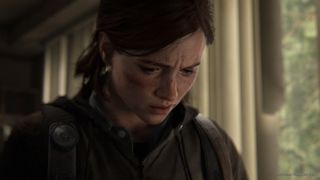
When you are caught out, and you almost certainly will be, fights descend into a messy trade of gunfire, explosives, and physical blows. It's here where things get extra stressful, particularly when the combat enters close quarters, and The Last of Us' nauseating depiction of raw violence refuses to let you inure to the full weight of your actions, the agonising screams and jugular death rattles of your victims haunting your memory long after you've killed them.
The next evolution of The Last of Us' infected, meanwhile, are more terrifying than ever before. The now iconic throat percussion of Clickers may still be enough to send a shiver down your spine whenever they fall within earshot, but just wait till you hear the guttural moans of Part 2's walking toxin bombs, the Shamblers, or find yourself backed into a dark room with… well, I'll let you discover the rest for yourself.
Naughty Dog leans unexpectedly hard into the horror side of its survival horror subject matter, amplifying the fear factor in ways that surprise, impress, and spook in equal measure, likely to leave even the most habituated gore hounds with their hands shaking. Thankfully, Ellie has plenty of choices at her disposal to stay two steps ahead of her aggressors. New craftable tools, from explosive arrows to trip mines, embellish the improvised warfare with more opportunities for collateral damage, while the addition of skill trees - unlocked via Supplements and Hobbyist Magazines found across Seattle - offer players yet more agency in making those tough calls about where to best spend resources.

"Not only justifies its existence as a sequel most didn't think was necessary, but stands confidently apart as an entirely different beast."
Weapon workbenches are also back, rendered in insanely fastidious detail, and Part 2 expands The Last of Us' returning arsenal of firearms with a number of surprising new additions that I won't spoil here. That said, all boast the mechanical rigour you'd expect from Naughty Dog's tactile gunplay, always feeling impactful when a shot lands but never reliable enough to get you from point A to B through sheer force alone.
All of these systems and mechanics operate together seamlessly in The Last of Us Part 2 like gears in a clock bound by a distinct, singular vision, conjuring up an experience that never feels anything less than an exemplary feat of impeccable game design.
If there's perhaps one area where The Last of Us Part 2 can be faulted, it's for occasionally getting lost amidst the reeds of its own ambition. Like that of Uncharted 4, the scale of Naughty Dog's plot can fall into the habit of overwriting itself, losing its momentum out of a need to tie up every story thread or emphasise a thematic point that had already been made hours ago.
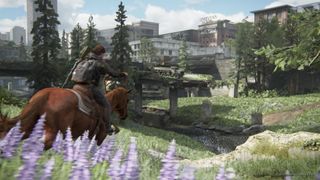
That deviation from its narrative focal point is rare at best, and doesn't undercut the impact of what is otherwise an incredibly powerful cautionary fable, but the game's layered, prestige television-style structure is excessive to the point of exhaustive at times. Relatedly, if the ending of The Last of Us was controversial for all the right reasons, Part 2's doesn't quite land with as much subversive tact, though does nothing to undo the resonance of the journey leading up to its final scene.
But no masterpiece is perfect, and The Last of Us Part 2 is absolutely a masterpiece, have no doubt. There is so much more about this game that I'm desperate to sing its praises for, but simply can't without spoiling anything beyond what's already been shown. Daring, uncompromising, and unlike anything I've played in a long, long time, Naughty Dog has created its most progressive interactive adventure yet.
The Last of Us Part 2 not only justifies its existence as a sequel most didn't think was necessary, supplementing and elevating the timeless qualities of its predecessor, but stands confidently apart as an entirely different beast, one bearing its own fangs that bite with just as much force. The lasting achievement is nothing short of extraordinary, and a game we'll be looking back on for decades to come.
I'm GamesRadar's Features Writer, which makes me responsible for gracing the internet with as many of my words as possible, including reviews, previews, interviews, and more. Lucky internet!
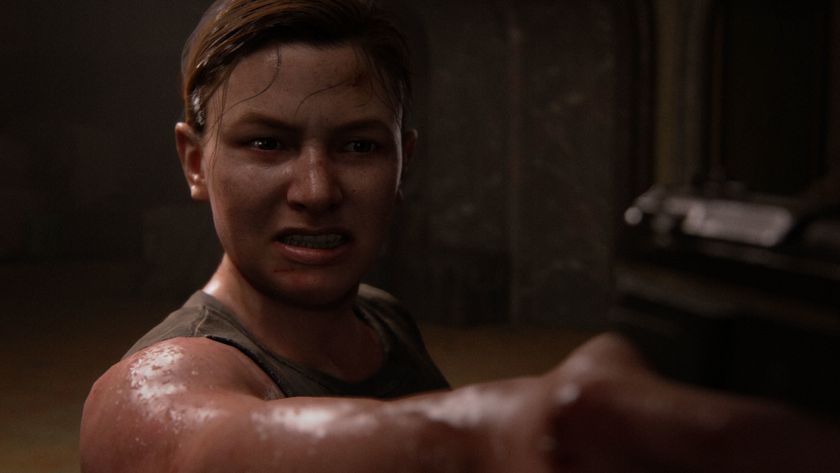
After appearing in everything from Fallout to Final Fantasy, Naughty Dog nearly didn't cast Abby's actor in The Last of Us 2 until it noticed her audition had one thing no one else's did
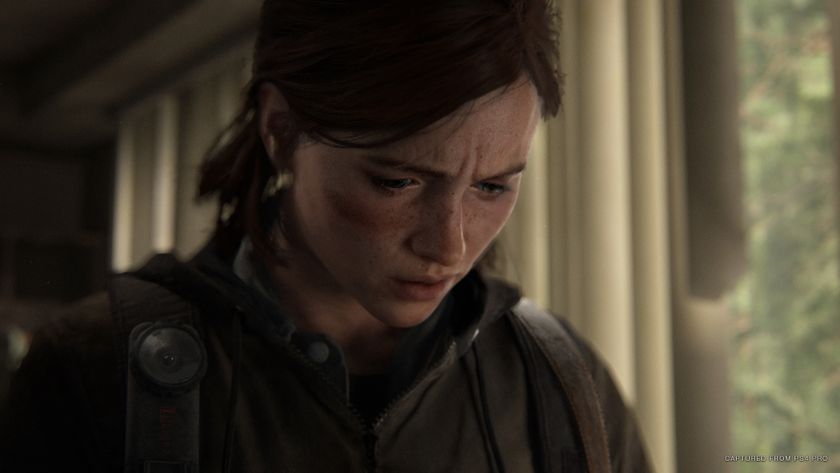
Naughty Dog's Neil Druckmann knows you're tired of remakes and remasters, but anyway, The Last of Us Part 2 Remastered is coming to PC next year
Most Popular






